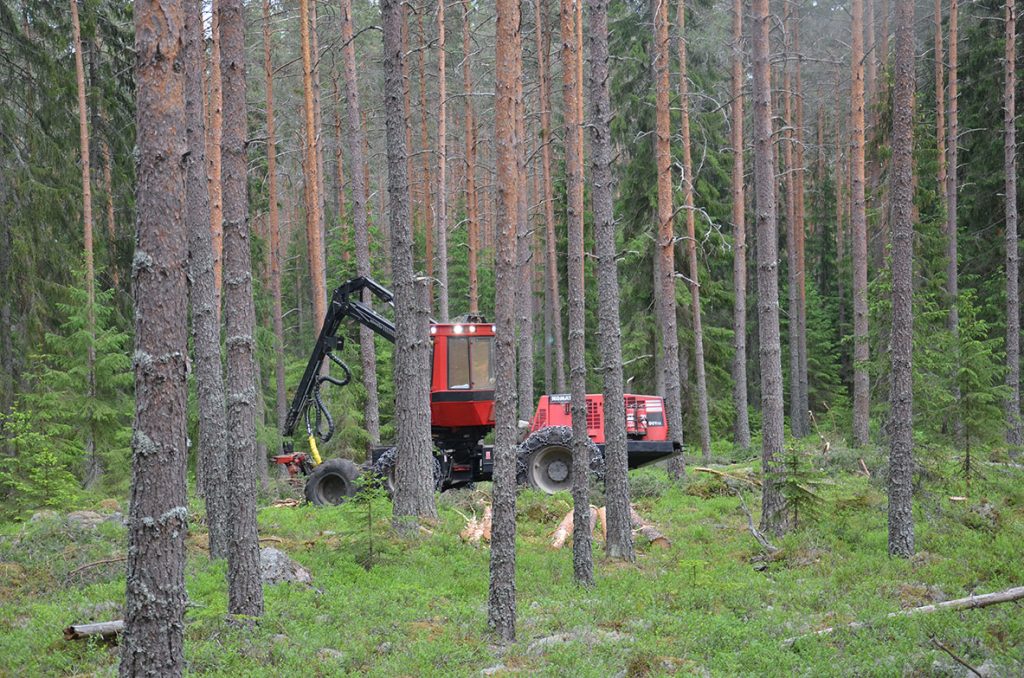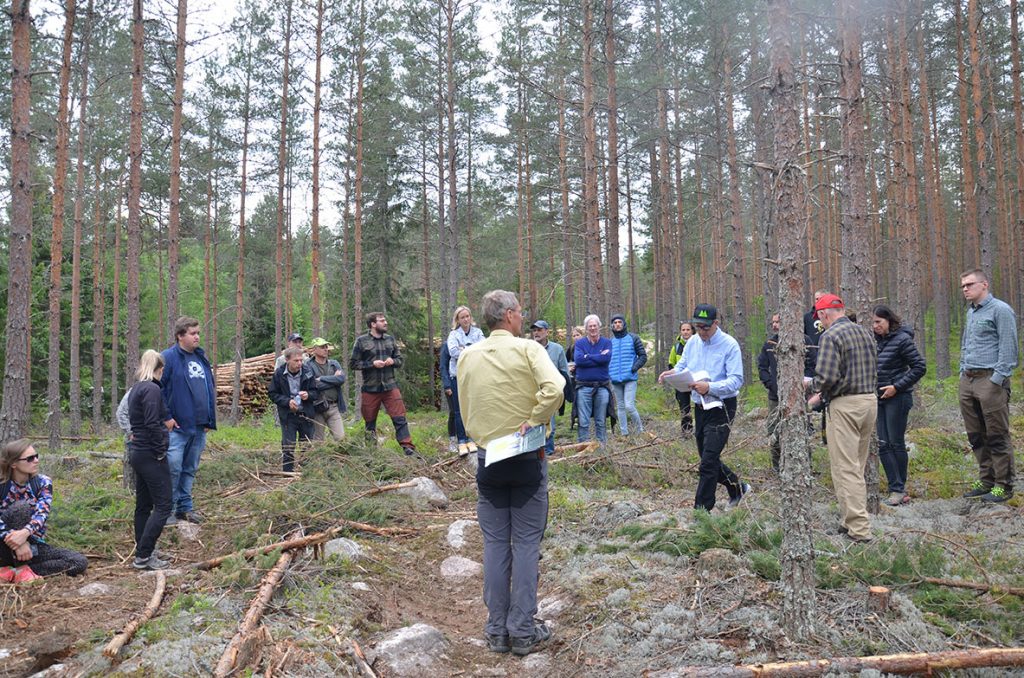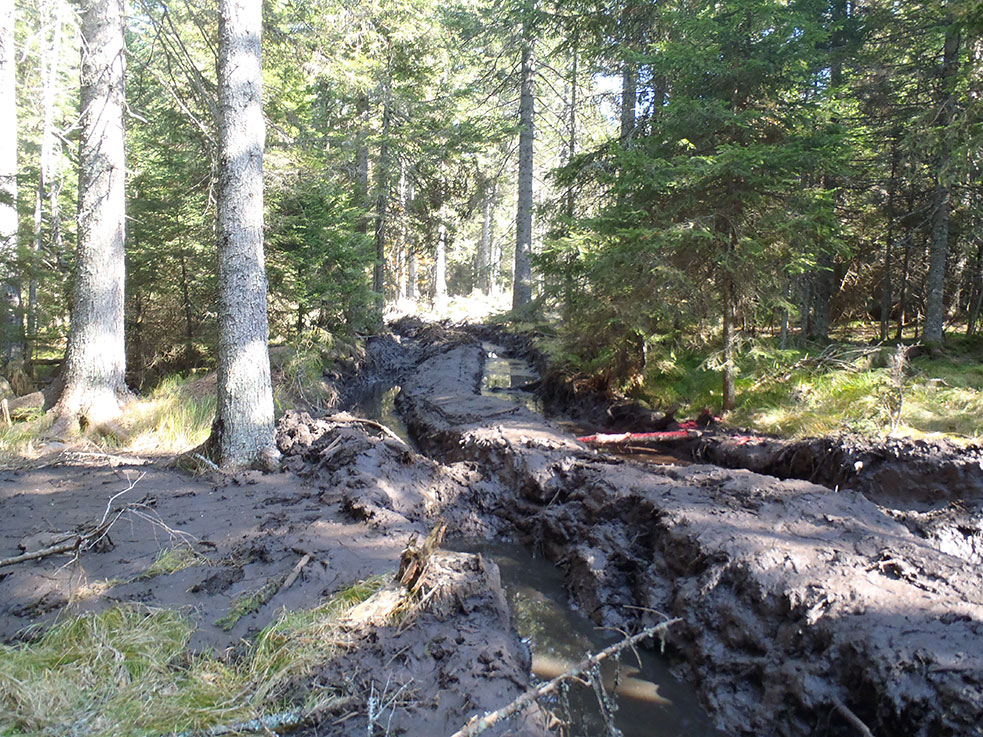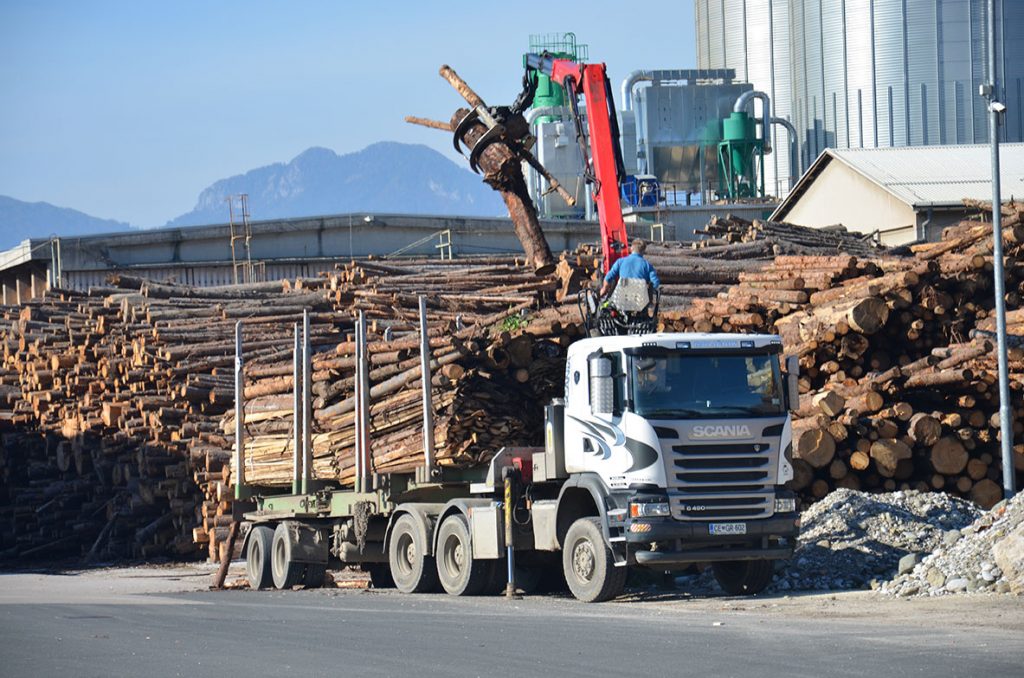Harvesting- and supply systems for innovative and sustainable management of multifunctional SDS.
Functionality, time consumption and productivity of the HEI1 in various stand conditions in Sweden, Finland, Slovenia and Spain and HEI2 in Spain will be studied. Time- and motion field studies of the HEI and conventional systems will be employed for estimating time consumption, productivity and functionality in different conditions.
Operational costs of the HEIs and the studied conventional systems will be calculated based on investment cost, yearly utilization degree and productivity. conditions, work efficiency, extraction distance (off road and on road). Extraction efficiency will be based.

The future stands production potential, and thus possible value creation, will be monitored in field-inventories after the operations, as well as soil and tree damages, and then evaluated by modelling and simulation of stand development.
Socio economic aspects of the SDS managements

The motivation and willingness of private forest owners to utilize SDS resources will be analysed using a common methodology that allows comparison between the countries. Forest owners and a limited number
of forest contractors will be interviewed in each participating country.
The innovation uptake and diffusion among forest owners and other forestry actors, together with links to rural business, will be studied using a theory about diffusion of innovations. The macro-economic impact of small diameter wood utilization in the field of jobs, new business establishments, and new employment opportunities will be developed.
Environmental assessment of the SDS managements
Soil damages like rutting and soil compaction, tree damages on the remaining stand, and coppice regrowth will be studied in relation to the field studies Materials and energy consumption, as well as emissions to the air, water and soil will be assessed by applying life cycle assessment (LCA) methodology according to standards (ISO 14040, 2006; ISO 14044, 2006). All processes performed within the system boundaries will be identified and analysed.

The stand management scenarios will be harmonized in terms of functional unit and methodological assumptions (system boundaries, database used for secondary data, and impact assessment method) for a valid comparison. Relevant environmental impacts such as climate change, terrestrial acidification, marine and fresh water eutrophication, photochemical oxidant formation and fossil fuel depletion will be investigated and compared.
Overall analyses of the economic, social and environmental values of the SDS managements
By combining quantitative and qualitative data regarding economic, social and environmental aspects of the HEIs, we will build an analytical multi-criteria framework that can provide a comprehensive picture of each system´s potential to stimulate a sustainable use of underutilized SDS and rural development in different parts of Europe, without negatively affecting the environment.
Multi-criteria analysis techniques will be used to integrate results from the traditional economic system analysis, socio economic analyses and environmental analyses.

